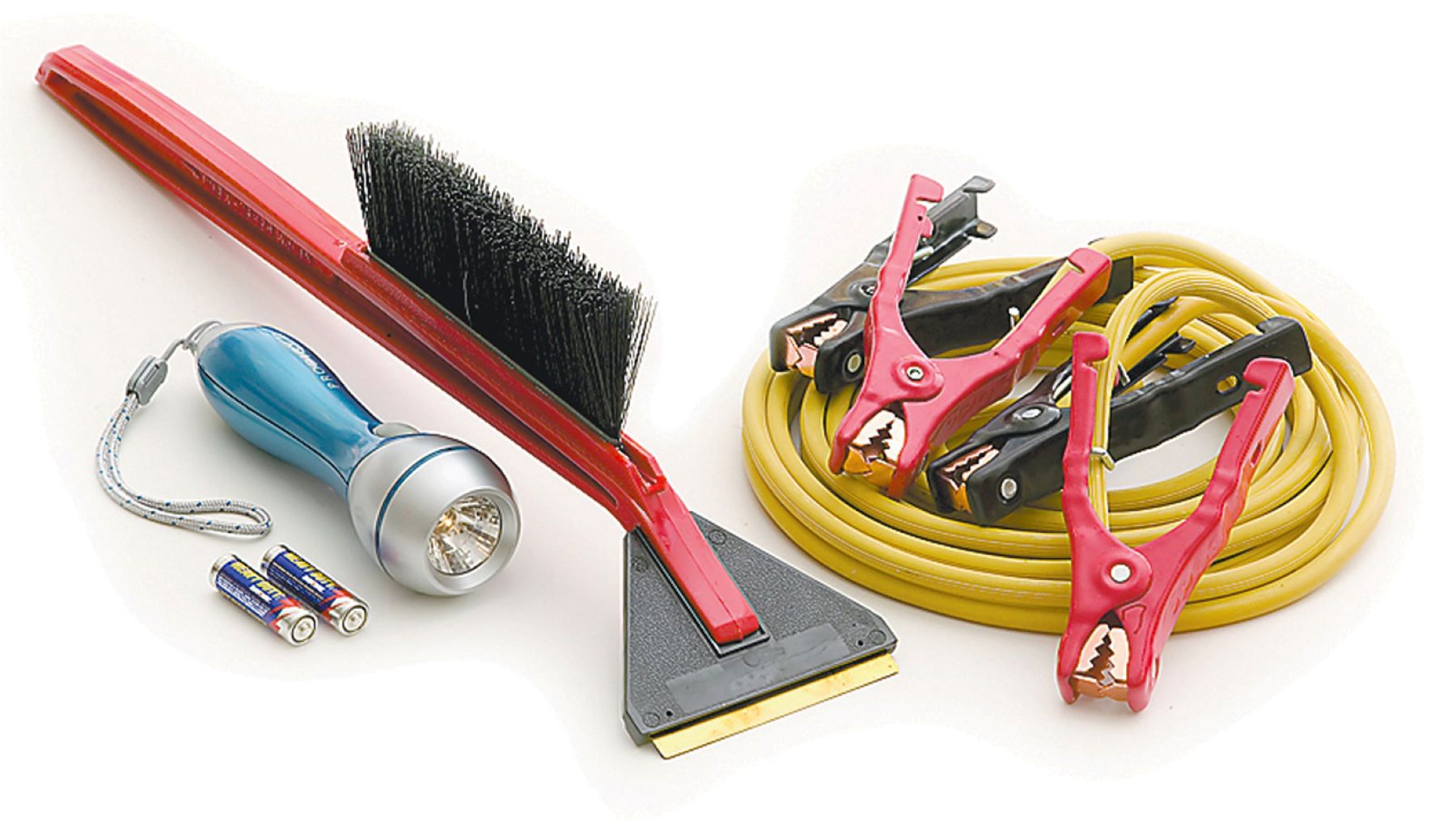
You can save money on clothing, furniture and fitness equipment by buying used items. It is common to buy new items in mass production and they are less unique than something you have previously owned. You can save money by buying used items. You can save money on your next purchase by reading these tips.
Shopping for used clothes
You have many benefits when you buy used clothes. You will save money while also getting top-quality brands at amazing prices. The best thing is that you have the opportunity to try on clothes before you make a purchase. Buy a few pieces to get a feel for how the clothes fit before you buy. Next, take your measurements and put on the clothes to determine the right fit. Do not rely upon the size labels or racks for clothes you are considering buying.

Buying used books
You can learn a lot from the physical condition of a book by looking at its condition. It is possible to find marginal notes which provide insight into previous owners' thoughts and opinions. These notes can spark discussion about the book’s content. For this reason, buying used books can be an excellent option. You can find them very affordable. They are also very affordable so you don't need to worry about maintaining damaged or warped books. You can expect some wear and tear on used books because they have been through many journeys.
Buy used fitness equipment
Buying used fitness equipment is like navigating the wild west. There are no industry guidelines, standards or valuations. Superfitness, a retailer that sells used fitness equipment, offers clean, tested products. Also, refurbished equipment can be outfitted with new belts and upholstery. Be sure to do your research on the seller before purchasing used equipment. Make sure the condition of the used equipment matches the warranty. To confirm that the equipment is still covered by warranty, check with the manufacturer.
Used furniture
A great way to save some money and support local charities is to buy used furniture. Many thrift stores donate a percentage of their sales to local charities. You can buy used furniture at a fraction of the cost if you have a tight budget, or if you don't have time to shop thrift stores. These are great places to begin. Craigslist is a great place to search for used furniture. You can also visit online marketplaces like Craigslist or Facebook Marketplace.

Purchase used appliances
It's a great way for you to save money on appliances. Consider buying used appliances if you're thinking of purchasing a major appliance. This will allow you to save even more. By shopping around and choosing quality used appliances, you can cut down on the cost of new appliances by up to 50 percent. Some of the best used appliances include washers, dryers, refrigerators, and ranges. Be sure to research what features you are looking for in used appliances.
FAQ
What are the requirements of an auto technician?
High school graduation or GED is required with excellent grades in English and math. Also, you must be able read and write. The written test will be passed and you will then have to take several practical exams before you can begin work.
Is it hard to be an apprentice mechanic?
Although it's not an easy task, you will learn quickly and have many opportunities to advance.
You will need to be patient and persevering. Also, you must know how to fix trucks, cars, and motorcycles.
There is a lot of pressure from customers and family members who want you to succeed. However, you shouldn't be forced to make difficult decisions.
If you like fixing cars, this could be a great career option. This is a job that allows you to earn a decent income and grow your business.
You might choose to take a different route. If this is the case, you might want to become a technician.
This could involve using your technical knowledge to support other employees. You might be able to assist technicians in troubleshooting problems or teach them new techniques.
Another option is to become an advisor in service. You will offer assistance and advice to customers when they bring cars to a garage.
Your decision depends on what you want to do. There are many options, so you can choose the one that suits you best.
To work as an automotive mechanic, do I need a degree? Can I study part-time?
A degree isn't necessary, but it certainly helps. Employers prefer candidates who have completed a full degree. This shows you have put in the work and achieved success.
You can still study while working, however. Some universities let students complete their coursework in the summer and then continue their studies during the school year. Others let students take classes part-time throughout the year.
Are you looking for a career as an automotive mechanic?
There are many exciting opportunities in the automotive industry for people who are driven to achieve excellence. Working hard and learning from others is the best way to be successful in this field.
Excellent communication skills are essential as you will spend most of the time speaking to customers or other employees. You will need to be able and willing travel for work, making it more difficult to commute.
You can take classes at universities and community colleges if you are interested in a career as an automotive technician. Many schools have programs that are specifically tailored for students who are interested in automotive sales, repair, and customer service.
Mechanical engineering is a good choice if you are interested in pursuing a degree. It is possible to earn a bachelor’s degree in only four years.
Many employers will also hire graduates straight from school. So it's wise to start looking for employment while you still have the chance to study part-time.
After you've finished your education, it's likely that you'll need to go through some training before you can be hired as an auto technician.
This means you'll need to pass exams such as the Automotive Service Excellence (ASE) certification exam. This exam covers topics such as engine maintenance, brakes and suspension.
After passing the ASE test you can apply for a National Institute for Automotive Service Excellence (NIASE) license.
You can repair vehicles owned by private citizens with a license. In exchange, you'll receive compensation based on the number of services performed.
It is important to remember that not all states require licensing. However, if you plan to work outside your home state, you'll need to obtain a license.
Some states do not issue licenses until they have received a certain amount or training. This may be the case for you.
Statistics
- According to the BLS, the median annual salary for automotive service technicians and mechanics in the United States was $44,050 in May 2020. (uti.edu)
- Apprentice mechanics earn significantly less hourly than mechanics who have completed training, with a median wage of approximately $14.50 an hour, according to PayScale. (jobhero.com)
- 52% of Mechanics in the United States think their salaries are enough for the cost of living in their area. (indeed.com)
External Links
How To
How to correctly diagnose your vehicle for repairs
First, look at the symptoms of your car to determine if it needs repair. Follow these steps to properly diagnose your vehicle.
-
Check engine lights. You should inspect the dashboard lights, such as the engine light indicator and the oil pressure gauge. Also, check the battery light indicator. If any of them have been flashing for several days, it may mean something is wrong with your vehicle.
-
Examine the treads of the tires. Tires with worn treads could cause problems when handling or braking. The treads of the wheels should be inspected as well. They should be clean and smooth. To do this, remove the wheels and take them out. Use a flashlight to see how well the treads are worn.
-
Check the level of brake fluid. You must keep track on the level of brake fluid in your vehicle. You can ensure that your brakes are working properly by monitoring the level of brake fluid in your vehicle. Your brakes may fail if the brake fluid level drops.
-
Check the suspension system. Most vehicles have a suspension system that absorbs shocks and vibrations. It allows for better control, smooth acceleration, and deceleration. You might notice a wobbly feeling or uncontrollable shaking in your vehicle if it has a problem with its suspension. You can test if your vehicle has a suspension problem by putting weight on either the front or back axle to see how it moves.
-
Examine the steering wheel. The steering column is used to link the steering wheel with the rest of vehicle's components. The steering column can often be damaged by an accident. Replace it if your steering column feels loose or unsteady.
-
Pay attention to the exhaust pipe. The exhaust pipes transport gases from the combustion chamber to outside. If your exhaust pipe leaks or cracks, it will allow harmful fumes into your cabin. Additionally, your tailpipe should be fixed immediately if it is bent.
-
Look under the hood. Check under your hood for any unusual or missing components. Leakage of fluids in your engine could indicate that it is leaking. Also, professional technicians should be called if you detect an unusual smell coming out of your engine compartment.
-
Make sure to check the air filter. The air filter in your vehicle collects dirt and dust from the environment. A dirty filter can lead to a poor vehicle's performance. Replace your air filter regularly.
-
Check the fan belt. Your vehicle's fanbel connects the engine and transmission. The engine will not turn if the fan belt breaks. It is very easy to replace your belt. All you need is a screwdriver and some pliers.
-
The radiator hose and hoses should be checked. The radiator hose transports water from radiator to engine. If the hose becomes damaged or cracked, hot liquid can be emitted onto the engine. The hose can be repaired with a pair or needle-nosepliers, and a wire brush.
-
Check the windshield wipers. Windshield wipers use electricity to clean away snow and rain. If they stop working, they could leave streaks on your window glass. Change the washer fluid to fix the problem.
-
The battery cables should be checked. The battery cables provide power for the electrical systems in your car. Make sure you disconnect the negative cable before replacing batteries. Failure to do so can damage your alternator.
-
Pay attention to your headlights. Headlights illuminate the road ahead of you. They can make it difficult to see if they stop working. To determine if your bulbs are out of date, check them.
-
Be sure to check the lights. When you approach them at night, the lights warn other drivers. You may be distracted by the light and end up in an accident.
-
Check the brakes. Before you have a collision, brakes slow down your car. If your brakes aren't working properly, you may lose control and crash into other cars.
-
Change your oil. The oil keeps your engine well lubricated. It helps keep metal parts from getting too worn down. It is recommended to change the oil each month.